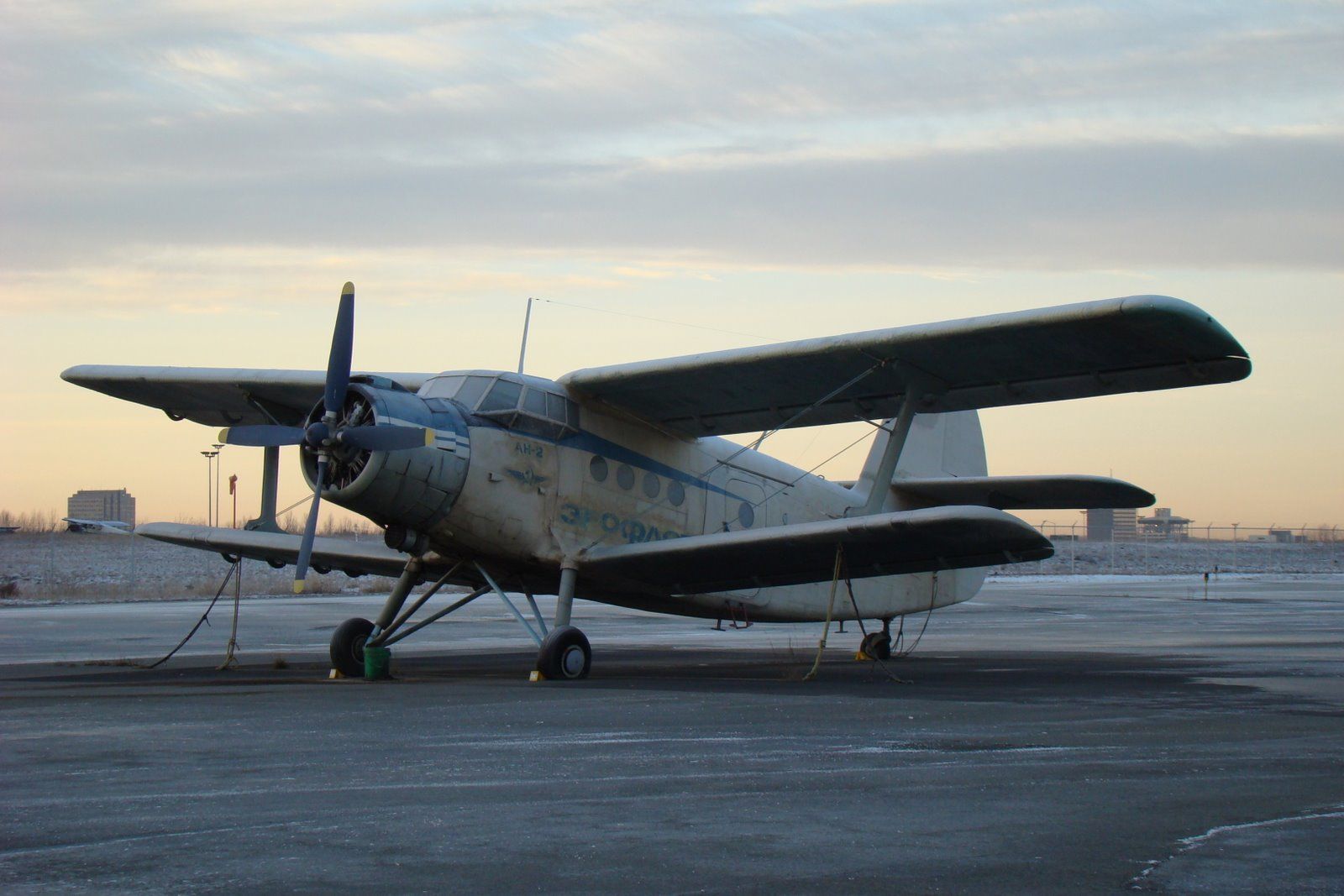Planes are born, live, and die like us, so they are produced, used and their life is exhausted. Every plane has a certain life span. This life varies from plane to plane, model to model. It even differs according to the way the aircraft is used. Most aircraft are calculated based on their life cycle. (The take-off and landing of the aircraft are called a loop.) The life span of aircraft is over 20,000 cycles or 20 years. But it usually goes above the designated cycles of aircraft. The aircraft of the Boeing 747 series, the best example of which was the “Queen Of The Skies” in 2018, consumed its planned life and was retired at the end of 48 years. Many aircraft, such as the Boeing 747, can be counted. A330, B777, A321 Series aircraft started flying in the 99s and have been flying for more than 20 years. There are many aircraft that are retired before, after, or just in time for their lifetime. Planes enter the hangar when their parts are damaged or outdated, renew themselves, and continue their flight. Aircraft with large metal fatigue or planes that cannot be fixed are retired. Non-retired but old aircraft are usually converted to cargo aircraft by the decision of airlines. They both cut costs and avoided buying a new plane. Airlines, especially middling airlines, continue to use older aircraft. This is not a problem, because they extend their life with part renewals.

What Happens To Planes That Have Expired?
After completing their cycles, the planes are taken to the final airports, which means they are taken to aircraft cemeteries. There, the intact parts are picked up by the airlines, and the rest are waiting for recycling. Of course, some of them go to the museum, some of them are taken by people and used to make spaces of different designs. They can be used this way forever, maybe who knows. But the fact is that no plane can stay in the air forever…



